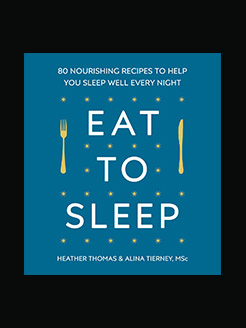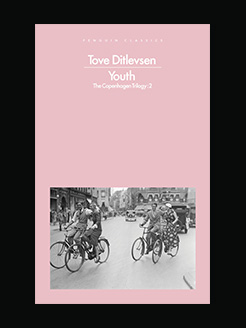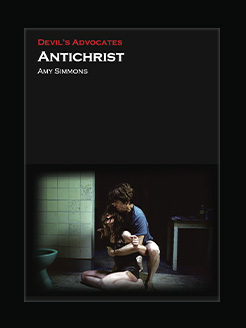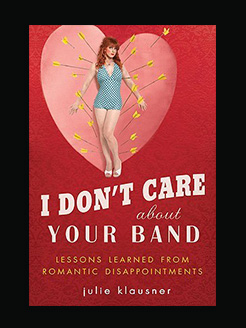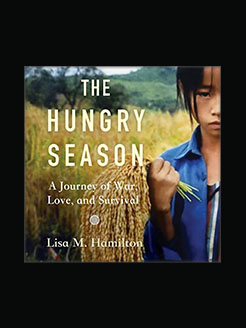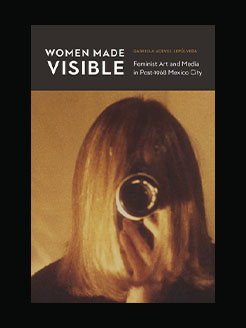Published in 2023
1 hour and 43 minutes
Patricia A. Matthew is an Associate Professor of English at Montclair State University where she teaches courses on the history of the novel, British Romanticism, and British abolitionist literature and culture. Her work has been published in Women’s Writing, Nineteenth-Century Gender Studies, the Keats-Shelley Journal, The Atlantic, Lapham’s Quarterly and The Times Literary Supplement. She is also a specialist in diversity and inclusion in higher education and the editor of Written/Unwritten: Diversity and the Hidden Truths of Tenure (UNC Press, 2016). A member of the Bigger6 Collective, she co-edits the Oxford University Press Series Race in Nineteenth-Century Literature and Culture.
She was a 2020-2021 Distinguished Visiting Scholar at SUNY-Buffalo’s Center for Diversity Innovation and the 2022-2023 Anthony E. Kaye Fellow at the National Humanities Center. She is the 2024 recipient of the British Association for Romantic Studies Open Fellowship and am currently a Long-Term Fellow at the Folger Shakespeare Library.
What is this book about?
After Romeo and Juliet, Elizabeth Bennet and Fitzwilliam Darcy might just be the world’s most famous fictional couple.
The story of how they fall in love—Pride and Prejudice—has left an indelible imprint on popular culture. Readers, novelists, playwrights, filmmakers, and even zombies can’t leave Pride and Prejudice alone. Which raises the question: Why has this novel, of all Jane Austen’s works, remained the general favorite?
In Reading Pride and Prejudice in the 21st Century, Professor Patricia A. Matthew, a specialist in British Romanticism and the history of the novel, examines how fans and scholars engage with the novel today—and how contemporary storytellers continually surprise us with new retellings. Through this Audible Original, you’ll explore fresh perspectives on the heroic ideals of Elizabeth Bennet and the values of the women around her, the enduring sex appeal of Mr. Darcy and his various cinematic interpretations, how today’s readers grapple with the novel’s depictions of gender and class in the 1800s, the timeless power of Austen’s satire, and even the promises of a Pride and Prejudice multiverse of parodies, murder mysteries, and more.
